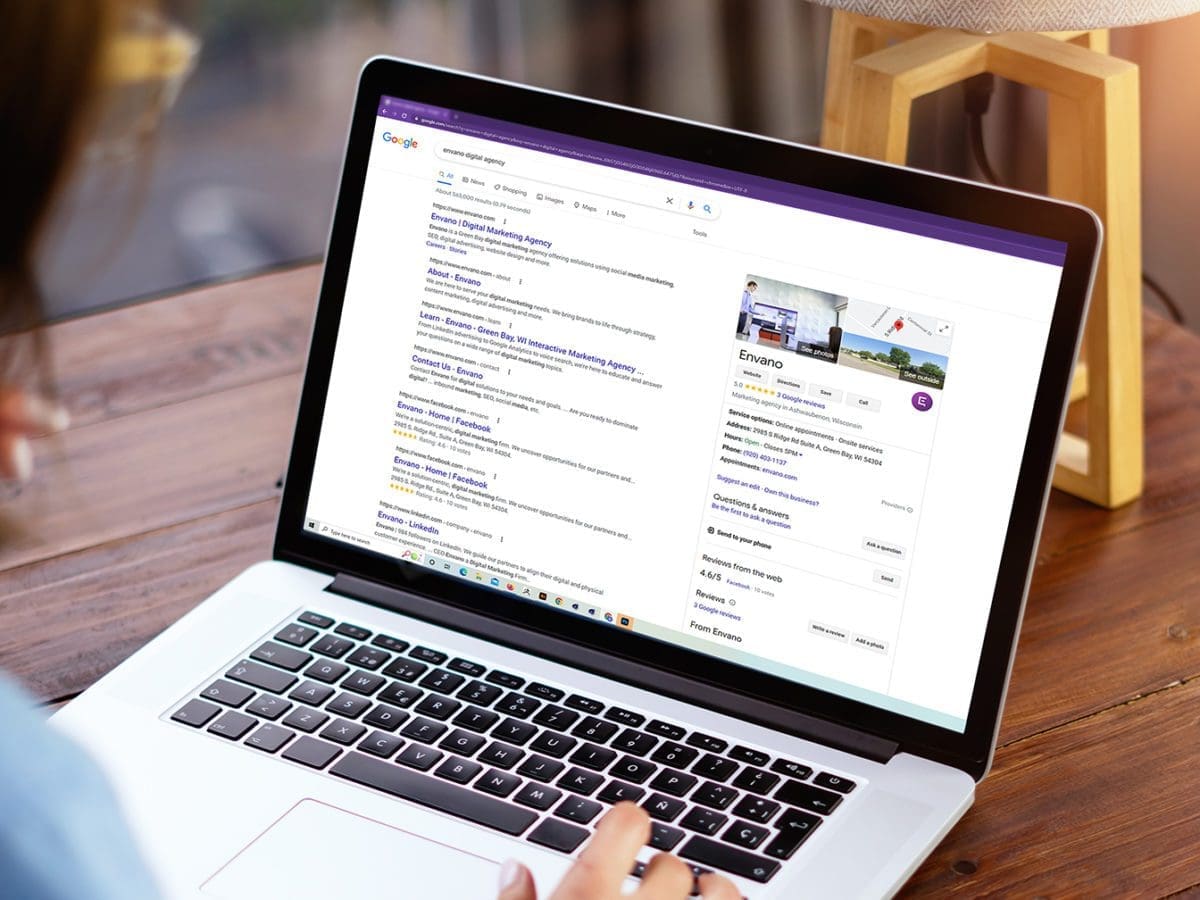Published: April 8, 2014
For many companies today, slapping the logo front and center on everything is a must. These are companies that operate with a “me first” mentality, and put their customers second, not vice versa.
One tactic that ensures customer needs come first is “native advertising.” While its name can be confusing and is increasingly thrown around as the latest buzzword, the concept does have some great potential value for gaining an edge over your competitors.
Native advertising is a form of paid media where the ad experience follows the natural form and function of the user experience in which it is placed. It is content placed on other “like” sites, social channels, etc. that contributes value to the page it graces by improving user experience and adding value for consumers.
 Native advertising advocates say that, from a consumer’s experience, the promoted content should be so completely contextualized that it is indistinguishable from the editorial content featured in the publication.
Native advertising advocates say that, from a consumer’s experience, the promoted content should be so completely contextualized that it is indistinguishable from the editorial content featured in the publication.
However, the stated purpose of native advertising is to engage with content that may or may not (and arguably shouldn’t) promote the product or service. Instead, it’s about creating useful, remarkable, and differentiating content that helps change or enhance the behavior of potential customers.
The best examples of native advertising are not overtly branded but instead leverage subtle product placement in an image or mention in text.
Though the term native advertising typically applies to paid marketing. The underlying approach is best carried out across the board. And that is: make sure your social content provides value to your customer first and then brands your company.
If you’re committed to driving social sales in the long term, you need to ditch any expectations of instant gratification or sales today. Do this by shifting your content focus to creating conversations and relationships rather than only pushing your upcoming sale or your new product. Work to evoke an emotion or behavior, rather than simply sharing knowledge. Then, and only then, will you begin to reap the sales benefits of social media as customers turn to your brand down the road because you’ve given them something of value, and in turn, they’ve kept you top of mind.



